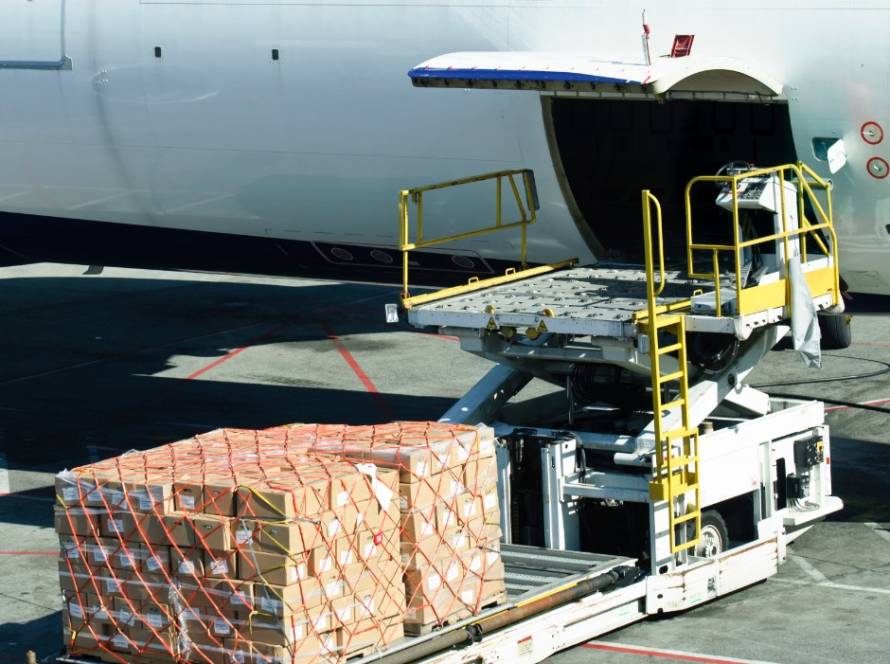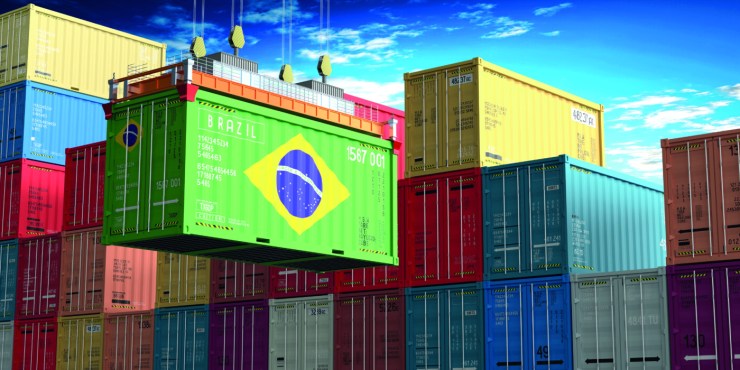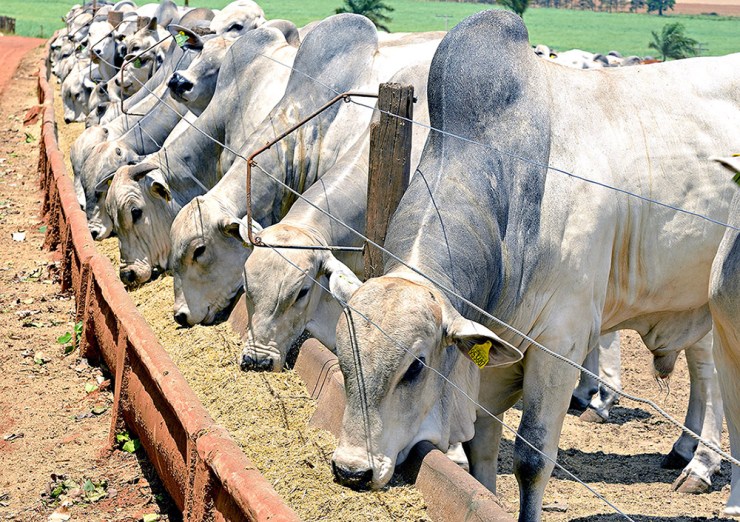Brazilian agribusiness has demonstrated its resilience throughout 2025. Even in the face of major challenges this year (such as the avian flu outbreak in May and the imposition of tariffs by the United States), foreign sales performance has remained strong.
In the first half of this year, the sector's export revenue exceeded US$1.5 trillion (82 billion), a slight decrease of 0.21 trillion (44 trillion) compared to the same period in 2024, according to research by the Center for Advanced Studies in Applied Economics (Cepea), at Esalq/USP, based on data from the Ministry of Development, Industry, Commerce and Services (MDIC), of the Secretariat of Foreign Trade (Siscomex system). Export volume fell 2.91 trillion (44 trillion) between the first six months of 2025 and the same period in the previous year, but the 2.71 trillion (44 trillion) gain in dollar prices helped contain the decline in revenue in US dollars.

Photo: Rodrigo Felix Leal
The sector also experienced a 5.7% devaluation in the average exchange rate (R$/US$) in the semester, which contributed to a 10% increase in the internalized price for Real, and, as a result, revenue in national currency increased by 5%.
According to Cepea researchers, beef and pork, soybean oil, cellulose, and cotton saw growth in export volumes, while coffee and orange juice saw sharp price increases. Tariffs imposed by the United States government did not prevent beef sales from growing in the first half of the year, although a reduction in imports to the North American market was already observed in June. Even so, increased exports to China, Mexico, Chile, and other Asian countries kept Brazilian beef shipments growing.
In the case of chicken meat, the main destinations in the first half of the year were China (11%), the United Arab Emirates (10%), Saudi Arabia (10%), Japan (8%), and Mexico (5%). Due to the avian flu outbreak, meat exports were partially suspended for several months by major Brazilian buyers. It is worth noting that the avian flu case was confirmed on a breeding farm (producing eggs) in the municipality of Montenegro, Rio Grande do Sul, on May 15. However, after complying with all international protocols, Brazil was once again certified as disease-free on June 18.
Even in light of this situation, and despite major customers such as China and the European Union not resuming purchases until the end of June, export volume in the first half of 2025 remained virtually unchanged from 2024. With the nearly 5% increase in the average dollar price, revenue from this segment grew 4.5% in the first half of the year. Therefore, volume is expected to remain stable or even increase somewhat this year, especially given the return of all buyers following the resolution of the situation.

Photo: Claudio Neves
In the coming months, coffee and orange juice prices are expected to remain high, due to the still-limited Brazilian and global supply and strong global demand. On the other hand, grain prices, such as soybeans, corn, and wheat, are expected to be influenced by the arrival of crops from the United States and Ukraine, as well as other major producers in the Northern Hemisphere.
Cepea researchers indicate that the remaining expectations are regarding the extent of the impact of US tariffs on the economic growth of countries around the globe and their potential effects on global demand for food, fiber, and energy. As essential goods, food consumption is not expected to be significantly reduced. Furthermore, the fact that not all countries have resorted to retaliation may help these markets in a new trade reconfiguration that minimizes the effects of US tariffs. This would provide room for Brazil, in particular, to secure new partnerships and continue expanding its agricultural exports.





